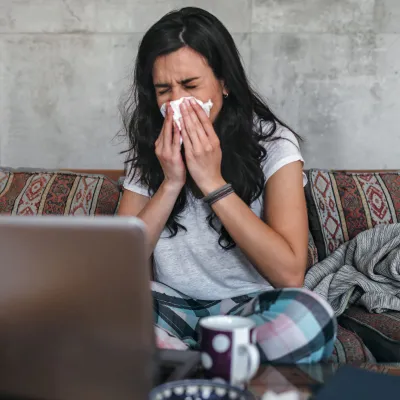
Comparing Different Types of Coronaviruses
The symptoms of the current COVID-19 are similar to those described for MERS and SARS, other coronavirus strains that were first reported in 2003 and 2012.


Learn to navigate the signs and symptoms of gallstones and kidney stones, how to treat both and ways to prevent them.



The symptoms of the current COVID-19 are similar to those described for MERS and SARS, other coronavirus strains that were first reported in 2003 and 2012.

Older adults are vulnerable to getting severely sick from COVID-19, but your support can help keep elderly loved ones safe from coronavirus.
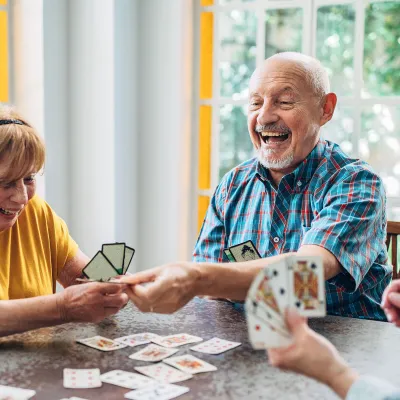
If there is a coronavirus outbreak in your community, it’s important to protect yourself and your family by limiting contact with others.

What shouldn’t you do to prepare for COVID-19? See which steps aren’t helpful to keep your family prepared and read what to do instead, here.

You can still see your doctor during the coronavirus pandemic, without leaving home. Read more about COVID-19 symptoms, video visits and when and how to see your doctor.
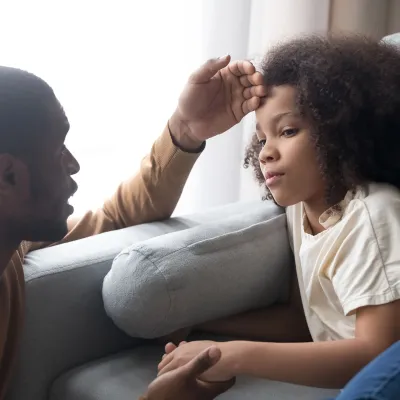
There is no evidence that children are more susceptible to COVID-19 than other groups of people. But taking extra steps to prevent the spread of the virus is important for keeping your kids safe.

As the COVID-19 outbreak continues to unfold, help your kids feel confident, in control and less stressed in a few simple ways. Read more here.
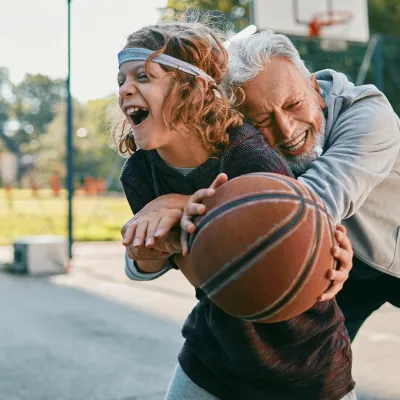
Minor scrapes, strains and bruises are expected, but as many as half of all children will experience a broken bone. And most of these fractures occur while engaging in sports.
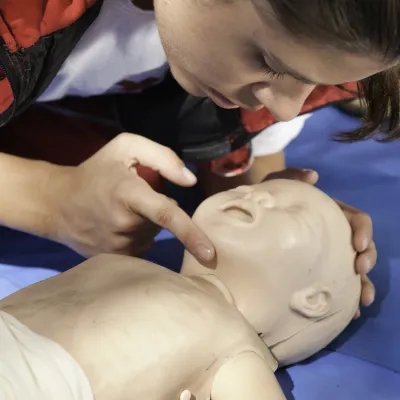
If the unthinkable happens and your child can't breathe or their heart stops, every second matters. Instead of spending those seconds waiting for emergency responders to arrive, you can use them...
Our website uses cookies. Please review our privacy policy to find out more about the cookies we use. Browsing our website means you accept these terms.
